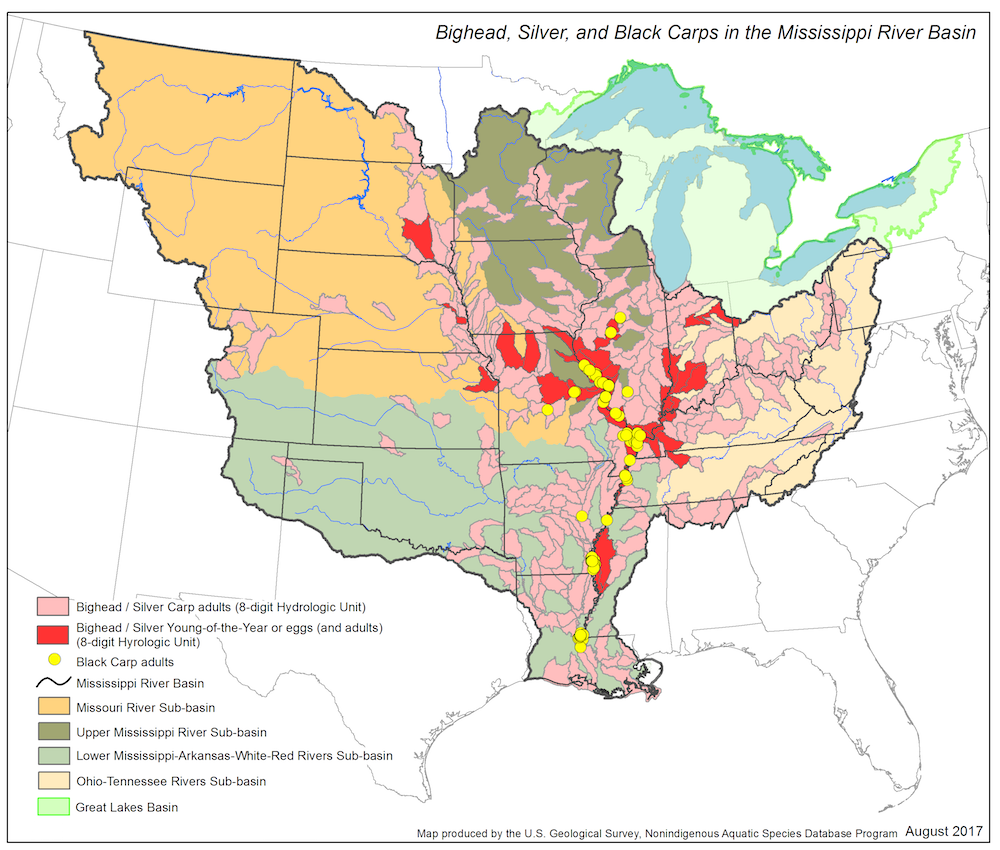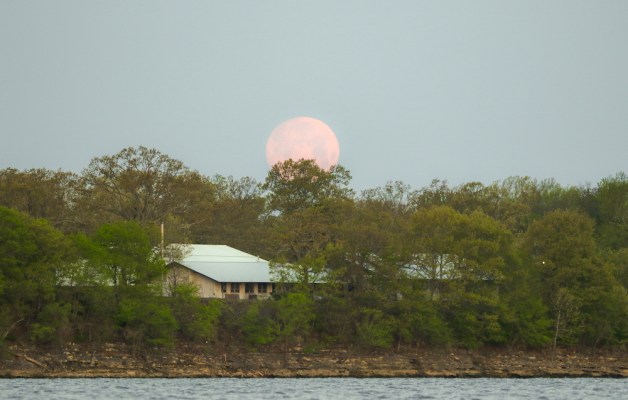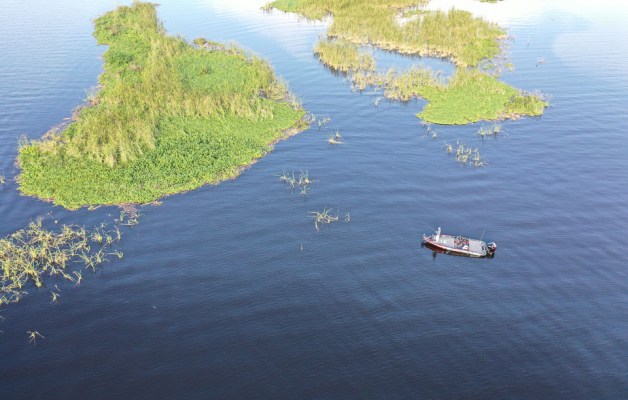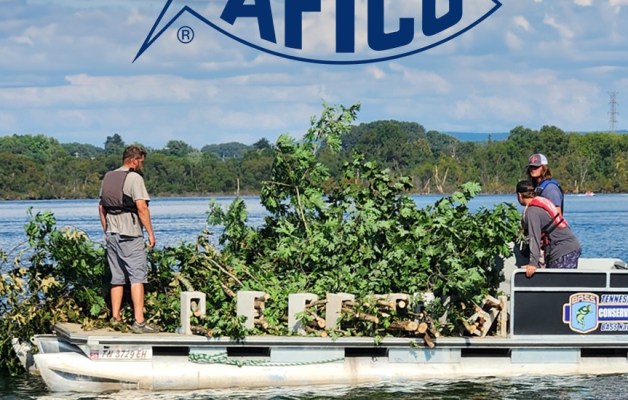
It’s impossible to talk about the war on carp and why it’s so important without understanding the problems associated with invasive species. So, let’s get started.
Editor’s note: Read part 1.
The definition of an invasive species given by The National Wildlife Federation is as good as any. They say that an invasive species is, “… any kind of living organism — an amphibian (like the cane toad), plant, insect, fish, fungus, bacteria or even an organism’s seeds or eggs — that is not native to an ecosystem and causes harm.”
Now that we have a solid working definition of invasive species we can discuss the problems they create. The first is heavy reproduction and a rapid increase in their numbers or population density.
With many invasive species the naturally existing factors that control them are not present. It might be a lack of predators, or it might be too plentiful of a food supply, or it could even be unnaturally favorable conditions for reproduction. No matter the reason, the population gets out of control.
We’re talking about Asian carp here but the same concept applies to plants and to terrestrial animals. In fact, if you count both terrestrial and aquatic invasive plants, animals and fish, there are currently over 180 of them in the United States. (Actually, some states consider largemouth bass to be an invasive species.)
What’s really bad about a population explosion of an invasive species is that they will quickly overpower the ability of a defined area of land or of water to support their population. Any defined area — land or water — can only support so much biomass.
In practical terms biomass can be defined as the number of living plants or animals within a defined area. Everything has its limits.
A lake or river can only support so many fish. It doesn’t matter what kind. There will only be so many crappie, bluegill, perch, musky, pike, carp, bass, catfish or anything else that can live in it. As the invasive species numbers grow they crowd out the others. There simply isn’t room for everything. Something has to give, and will.
That’s basically the problem that we’re experiencing in the Kentucky Lake and Lake Barkley areas of Western Kentucky. The Asian carp are reproducing and growing so fast that the other fish populations are being crowded out.
Another problem with some invasive species that we should keep in mind is that they adapt and evolve to their environment.
One of the best examples of that is with Burmese Pythons in Florida. They got out of control in the Everglades. But as they crowded out the other species they started to move north. A few of them adapted to the cooler weather, and now they’re a problem north of the Everglades — not too far, but far enough if one eats your dog or your child.
Something similar is happening here in Western Kentucky where I live. We have Armadillos. You see them all the time on I-24. And, believe it or not we actually have a couple of confirmed colonies of fire ants. This is no small deal. Armadillos carry leprosy and red ant bites are more than a nuisance. They can be serious medically.
So you can see that all of this is far from an obscure academic discussion. It’s real, and it affects all of us regardless of whether we fish, hunt or just like to lounge outside.
One last thing that’s really important: I’ve attached a video to this column courtesy of Wade White. His website, waroncarp.com., is funded by the Kentucky B.A.S.S. Nation. It shows in graphic detail the Kentucky Department of Fish & Wildlife Resources electroshocking Asian carp just below the Lake Barkley dam in the Cumberland River.
The fish you see them harvesting are between 10 and 20 pounds are only three years old. If not stopped, they would have worked their way into Lake Barkley. This is what we’re dealing with, fellow anglers. How long do you think it will take them to work their way into your favorite bass lake?





